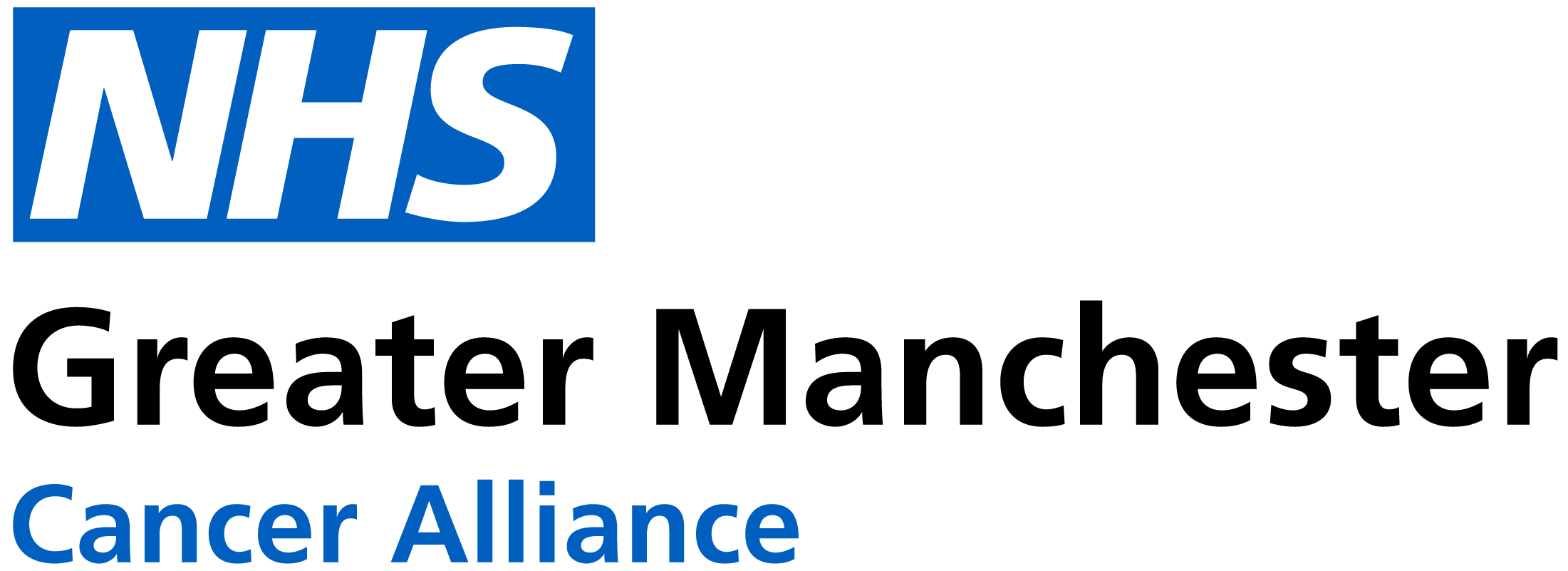Teledermatology
More than 600,000 people in England were referred for skin cancer checks in the last year. This is 9% higher than in the previous year and double the number sent for checks almost a decade ago. More than 56,000 patients with skin cancer received treatment last year.
As part of ambitious plans to reduce waiting times for patients, NHS trusts have been asked to expand the use of teledermatology, meaning people will not need to wait for a face-to-face appointment with a skin cancer specialist to have their skin assessed.
In a teledermatology clinic, a healthcare professional takes a high-quality image of a patient’s possibly cancerous skin lesion. A skin cancer specialist will then review the images remotely, to determine whether the lesion may be cancerous and if the patient needs a face-to-face examination. For Greater Manchester this approach is reducing demand for appointments. This means that patients who do need to be seen face-to-face have shorter waits, are diagnosed faster and If necessary) start their treatment sooner.
The benefits of teledermatology

Trialling new technology
The NHS is also trialling the use of magnifying lenses that use artificial intelligence technology to assess a patient’s skin lesions. The technology, called deep ensemble for the recognition of malignancy, is initially being used alongside clinician assessments. It is hoped that in the future it will provide both faster and more accurate skin cancer detection. During an earlier testing phase, the device was shown to have helped avoid around 10,000 unneeded face-to-face appointments.
Within Greater Manchester, both teledermatology and the use of artificial intelligence technology are being rolled out.

